
Kiss Me Deadly is a 1955 American film noir produced and directed by Robert Aldrich, starring Ralph Meeker, Albert Dekker, Paul Stewart, Juano Hernandez, and Wesley Addy. It also features Maxine Cooper and Cloris Leachman appearing in their feature film debuts. The film follows a private investigator in Los Angeles who becomes embroiled in a complex mystery after picking up a female hitchhiker. The screenplay was written by Aldrich and A.I. Bezzerides, based on the 1952 crime novel Kiss Me, Deadly by Mickey Spillane.
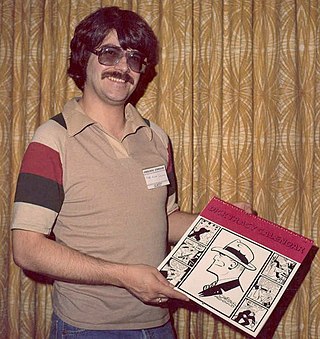
Max Allan Collins is an American mystery writer, noted for his graphic novels. His work has been published in several formats and his Road to Perdition series was the basis for a film of the same name. He wrote the Dick Tracy newspaper strip for many years and has produced numerous novels featuring the character as well.
Michael Hammer is a fictional character created by the American author Mickey Spillane. Hammer debuted in the 1947 book I, the Jury. Hammer is a no-holds-barred private investigator whose love for his secretary Velda is outweighed only by his willingness to kill a killer. Hammer's best friend is Pat Chambers, Captain of NYPD Homicide. Hammer was a World War II army veteran who spent two years fighting jungle warfare in the Pacific Ocean theater of World War II against Japan.

Frank Morrison Spillane, better known as Mickey Spillane, was an American crime novelist, called the "king of pulp fiction". His stories often feature his signature detective character, Mike Hammer. More than 225 million copies of his books have sold internationally. Spillane was also an occasional actor, once even playing Hammer himself in the 1965 film The Girl Hunters.

The Girl Hunters (1963) is a British crime drama film directed by Roy Rowland and adapted from the 1962 Mickey Spillane pulp novel of the same name. Exteriors were shot on location in New York with studio scenes in London.
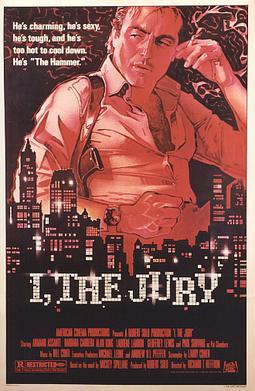
I, the Jury is a 1982 American neo-noir crime thriller film based on the 1947 best-selling detective novel of the same name by Mickey Spillane. The story was previously filmed in 3D in 1953. Larry Cohen wrote the screenplay and was hired to direct, but was replaced when the film's budget was already out of control after one week of shooting. He was replaced at short notice by veteran TV director Richard T. Heffron.
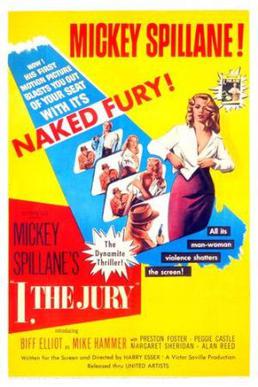
I, the Jury is a 1953 American film noir crime film based on the 1947 novel I, the Jury by Mickey Spillane. It was directed by Harry Essex, produced by Victor Saville's company, Parklane Pictures and released through United Artists.
Jack Stang born John A. Stang was Mickey Spillane's inspiration for the private eye character Mike Hammer in his novels.

Vengeance Is Mine (1950) is Mickey Spillane's third novel featuring private investigator Mike Hammer.
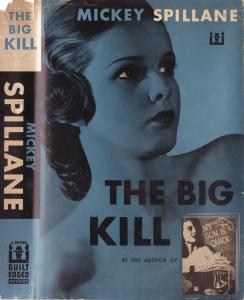
The Big Kill (1951) is Mickey Spillane's fifth novel featuring private investigator Mike Hammer.

Kiss Me, Deadly (1952) is Mickey Spillane's sixth novel featuring private investigator Mike Hammer. The novel was later loosely adapted into the film Kiss Me Deadly in 1955.

The Snake (1964) is Mickey Spillane's eighth novel featuring private investigator Mike Hammer.
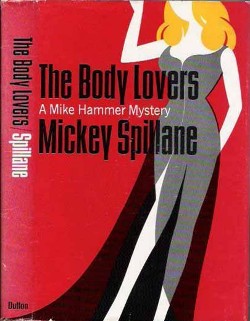
The Body Lovers (1967) is Mickey Spillane's tenth book featuring private investigator Mike Hammer.
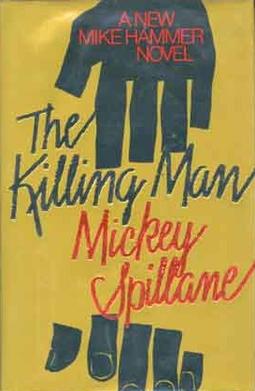
The Killing Man (1989) is Mickey Spillane's twelfth novel featuring private investigator Mike Hammer.
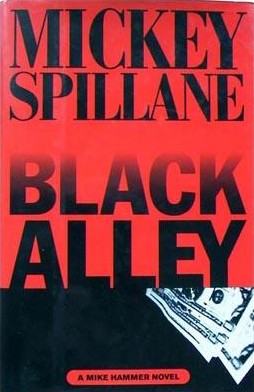
Black Alley (1996) is Mickey Spillane's 13th novel featuring tougher-than-thou New York City private investigator Mike Hammer, and the last one he completed before his death in July 2006. Following the author's demise, the first of "five substantial Mike Hammer manuscripts," The Goliath Bone, was completed by his friend and colleague Max Allan Collins and published in 2008. Additional books based on Spillane's unfinished manuscripts have since been released, including Lady, Go Die! (2012), Complex 90 (2013) and King of the Weeds (2014). King of the Weeds is a direct sequel to Black Alley.

The Girl Hunters (1962) is Mickey Spillane's seventh novel featuring private investigator Mike Hammer. It was adapted for the screen in 1963; Spillane himself played Mike Hammer.

The Goliath Bone is the 14th entry in the Mike Hammer series by Mickey Spillane. It was completed by Max Allan Collins, and was first published on October 13, 2008. The Goliath Bone is one of three almost finished Mike Hammer novels that Spillane entrusted Collins to finish before his death in 2006.
Mickey Spillane's Mike Hammer is the first syndicated television series based on Spillane's hard-boiled private detective Mike Hammer, played by Darren McGavin. The series was produced from 1957 to 1959, and had a run of 76 episodes over two seasons. Episodes were filmed in black and white and filled a half-hour time slot. As a syndicated television series, original air dates and the order of episodes vary by geographic location – for example, in New York City. The series debuted January 28, 1958, on WCBS-TV, and the first episode aired was "Letter Edged in Blackmail".

Mickey Spillane's Mike Hammer, with Stacy Keach in the title role, is an American crime drama television series that originally aired on CBS from January 28, 1984, to May 13, 1987. The series consisted of 51 installments: 46 one-hour episodes, a two-part pilot episode, and three TV Movies.
Charles Harding Wells was an American crime novelist and protégé of Mickey Spillane. He wrote two novels, 1953's Let the Night Cry and 1955's The Last Kill.
















